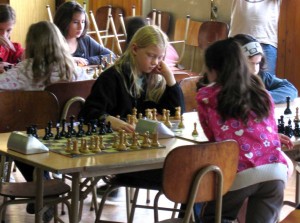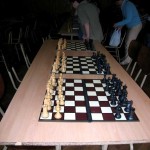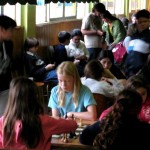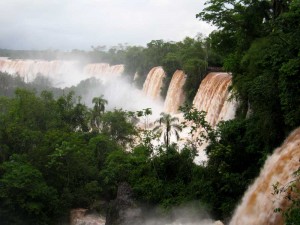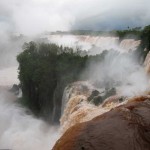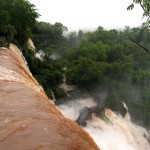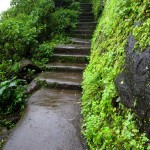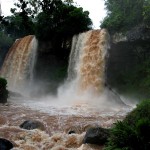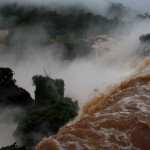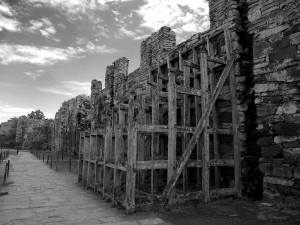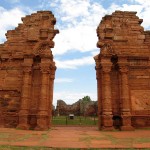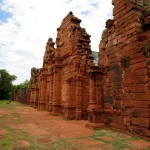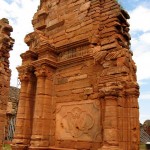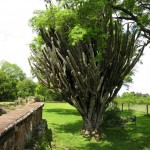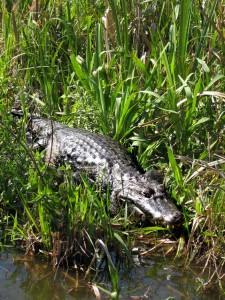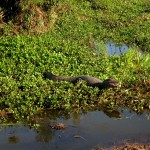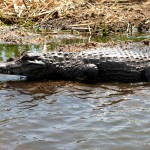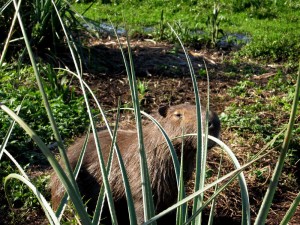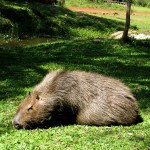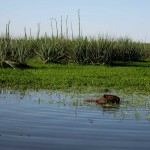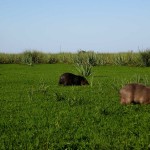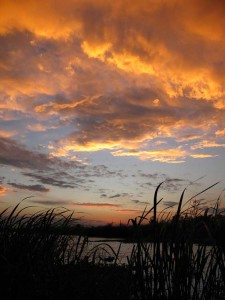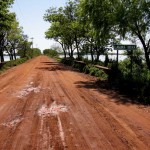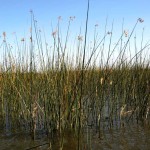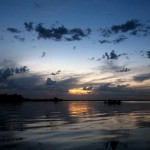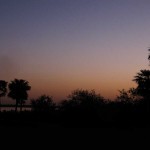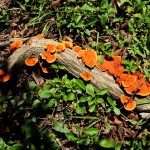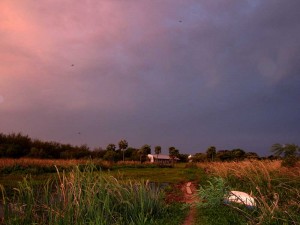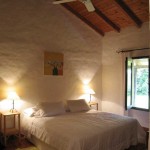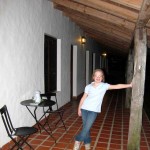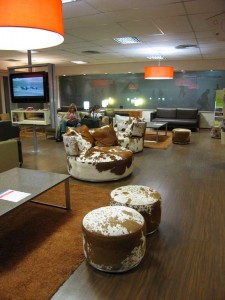Tourney in Temperley
[Chess guru Tom chimes in with this report.]
Ordinarily, I like to sleep in on Saturday mornings, but today, Zoe’s chess teacher had other plans for me.
Once every month or so, he volunteers at a junior chess tournament, and he encourages all of his students to participate. Which is awesome, especially since Zoe enjoys the competition. The problem is that on this particular Saturday, we needed to leave the confines of Capital Federal, and travel to the town of Temperley, a suburb located about half an hour south of the city border.
The easiest way to get there would have been to take a taxi all the way to Colegio Alemán (the school hosting the tournament this month), but that would have been rather expensive, and not very adventurous. The alternative was to take the train.
As my family knows a little too well by now, when I’m traveling somewhere for the first time, I like to leave early. So, that meant that even though the tournament started at 10:30 am, we left the house at 8:20 am.
You know, in case something goes wrong.
We found a taxi driver to take us to Estación Constitución (pictured below), and he quickly sized me up as a clueless foreigner, and warned me never to let go of my bag because the station was a dangerous place. I didn’t understand everything he was saying, but Zoe was able to fill in a lot of language gaps for me. In fact, he was so charmed by Zoe’s ability to act as a Spanish-English translator, that he gave her an alfajor. (My Castellano obviously didn’t make the cut, so no cookie for me!)
He dropped us off at the station, we got tickets and hopped on the next train, all without getting mugged. After a pleasant ride to Temperley, we walked a few blocks to the school…
…and, realized we were an hour early.
The chess tournament was a little tough for Zoe this go around. She had her first experience playing with chess clocks, which takes some getting used to. Plus, they have a rule here that if you make three illegal moves, you immediately forfeit the game. (You get to correct the illegal move, but each is a strike against you.) Zoe’s opponents kept putting her in check, but not actually saying “check” (a common chess courtesy), so when Zoe wouldn’t realize her King was imperiled and move some other piece, they would chalk up another illegal move on the scorecard.
After the event, hopped up on the requisite carbs and adrenalin, we managed to negotiate our way home using a train/subway/walking combo — the tournament may not have gone according to plan, but the traveling couldn’t have been smoother!
